Fear of Skiing
Some people have a fear of skiing but for many skiing is amazing, the feelings of sliding down a run on a sunny day, the views, the sensation of turning, sliding and the feeling of well being from the mountain are addictive and intoxicating. This is before you get to the great joys of time spent doing something fun with friends and family, exploring a ski area and eating delicious food on an alpine terrace. The benefits are many, the drawbacks few, but how to learn and what are the things you need to know?
If you’ve never been you’re probably harbouring an entirely false set fears about what skiing is actually like. My Aim is to dispel these mis-conceptions and explain what learning to ski is like. I am the founder of European Snowsport a ski school in some of Europe’s leading ski resorts including Verbier, Zermatt, St Moritz and Chamonix. Each year mostly in Private lessons we teach lots of people how to ski.
Fear of Skiing Questions
1) I’m afraid of heights
Yes you’ll be in the mountains and there will be some peaks nearby, but you wont be near any edges or drop offs or cliffs. In fact for the average learner skier the slopes you’ll use for the first few weeks of your skiing life are nearly always almost totally flat. They might at most have a slight gradient. Slopes are in fact graded by colour, In Switzerland beginner slopes don’t have a grade they are so flat. Then come blue slopes then red and finally black. In America of course there is a fancier system with black diamond and double black diamond. But it will probably be years before you approach these. Some resorts cheat the system be re classifying the runs to make their resort look easier. This doesn’t happen in Switzerland.
But for the beginner you don’t really need to worry about anything other than the beginner area this is the case in Verbier where the beginner area is in fact the putting green of the 18th hole of our golf course.
So there will be nothing to fall off, no nearby precipice, not even a slope to speak of. Once you’ve got to grips with things on the putting green you’ll progress to what’s called the magic carpet, a simple human conveyor belt which progresses incredibly slowly up an equally gentle gradient. Again nothing to worry about. Your instructor will only take you on this when you can stop on the putting green. Step by step your confidence will slowly be building. This first simple step might take more than two or even three hours depending on how you’re feeling, how much sport you do, have done and how coordinated you are.
Will I be cold?
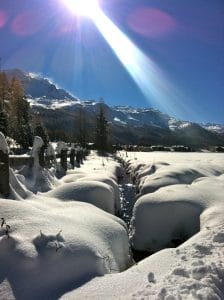 The Alps are warm most of the time, from February onwards most people are too hot on the slopes, sure there are bad weather days and cold days but if you are in the sun you’ll probably be too hot not cold. Most beginners usually turn up with too much clothing and can be seen peeling off layers as their lesson progresses.
The Alps are warm most of the time, from February onwards most people are too hot on the slopes, sure there are bad weather days and cold days but if you are in the sun you’ll probably be too hot not cold. Most beginners usually turn up with too much clothing and can be seen peeling off layers as their lesson progresses.
So how does my first ski lesson pan out?
In your first experience of skiing you’ll first learn to put your equipment on and get used to how it feels on the flat. Then you’ll learn to gently stop probably using what is called a snowplough.
The word plough is deceptive, as it brings to mind something quite forceful and powerful. The plough is in fact quite gentle bringing you gently to a smooth stop. Then you’ll learn to gently glide and brake to a stop. Gently is the important word here, things happen slowly on skis.
Once you’re confident with the glide you can begin to learn to turn. It’s important to not rush to this stage, the more comfortable you are gliding and ploughing the easier it is to learn to turn. By now you’re probably on day 2. Turning involves ploughing and making small adjustments to your plough. It does not involve big or powerful movements, it’s subtle and precise.
Your instructors should give you chance to practice and the terrain he chooses should be as flat as possible. Again, practice this stage before moving on. At this point you might try the magic carpet for the first time and try linking some plough turns together down the gentle slop. As your first week on skis progresses you’ll become more confident at turns getting faster and more precise. You may even move on to the button lift or even go up the mountain and tackle a nice easy blue run .
Do I need good balance?
Not really, if you can walk you can ski, in fact even if you can’t walk you can still ski with ES Adaptive. Good balance will help but it’s not essential. You’re balance wont be challenged a lot, any normal person can learn to ski.
Don’t I have to be really fit?
If you’re a bit unfit it doesn’t matter. In fact the better your technique the less energy you’ll use, Instructors often use next to no energy when they are skiing slowly in front of clients. Even quite fat people can ski really well, so no excuses. If you are really unfit just allow your self more time to learn, it’s that simple, you’ll take some breaks and it might take a few hours more to get the movements down but no big deal; with a private instructor your going at your pace anyway. it’s certainly no excuse to stop or to not go skiing.
Am I too old?
 People can learn to ski at any age so don’t worry about this, I’ve taught plenty of people in their 70’s how to ski. No excuses.
People can learn to ski at any age so don’t worry about this, I’ve taught plenty of people in their 70’s how to ski. No excuses.
So go skiing, it’s easier that you think you can do it even if you’re not fit, if you’re old and there is no need to get cold or fear heights. Go skiing it’s great.
Fear of skiing by Julian Griffiths

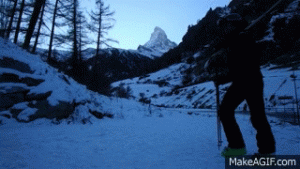
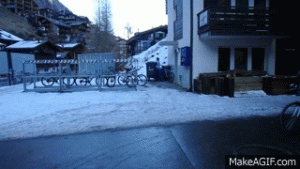
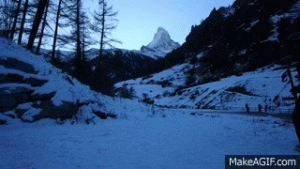
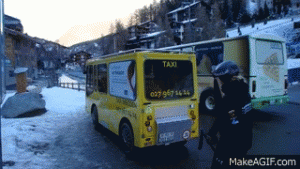

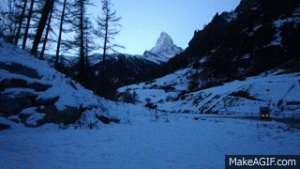

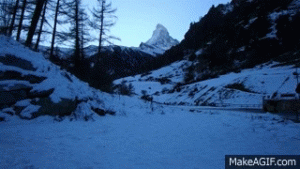
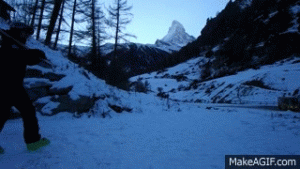
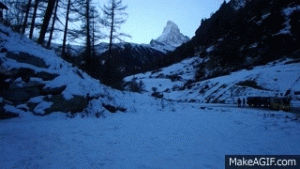
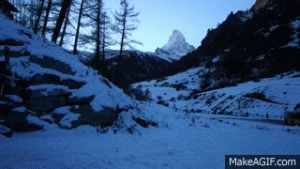
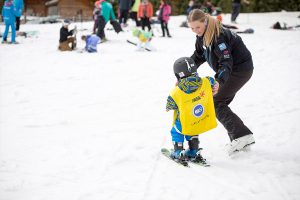
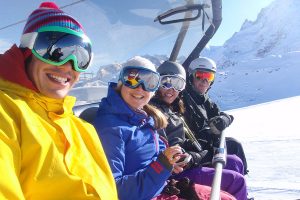
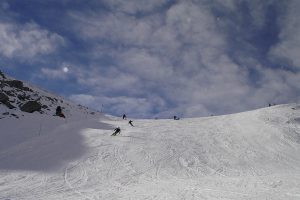
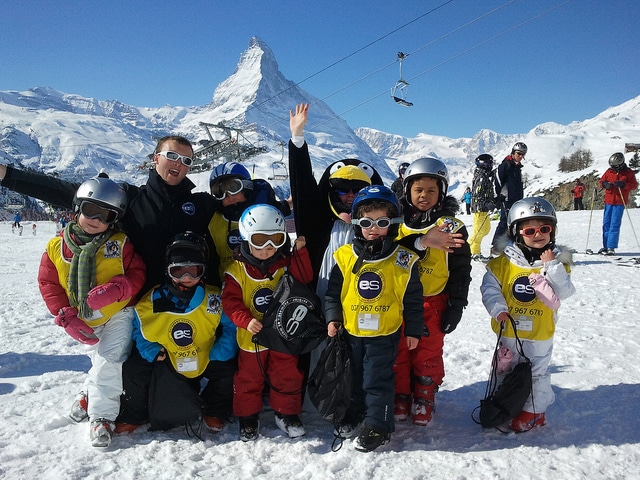 Seeing your Kids skiing and enjoying the snow as much as you, can make for the perfect family holiday. However with all the kit and things to remember, family skiing holidays can become a stressful affair!
Seeing your Kids skiing and enjoying the snow as much as you, can make for the perfect family holiday. However with all the kit and things to remember, family skiing holidays can become a stressful affair!